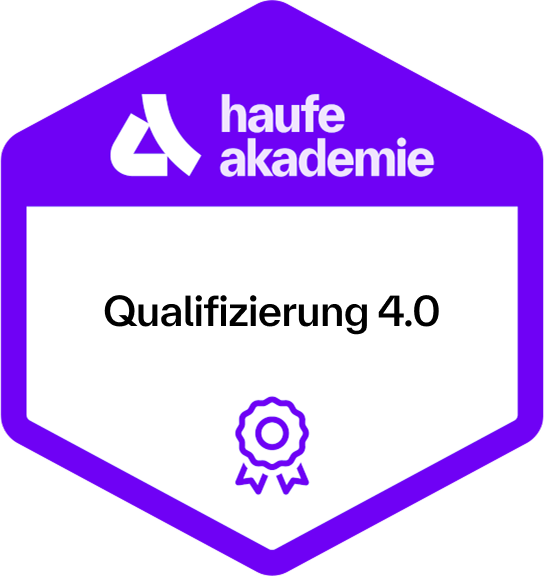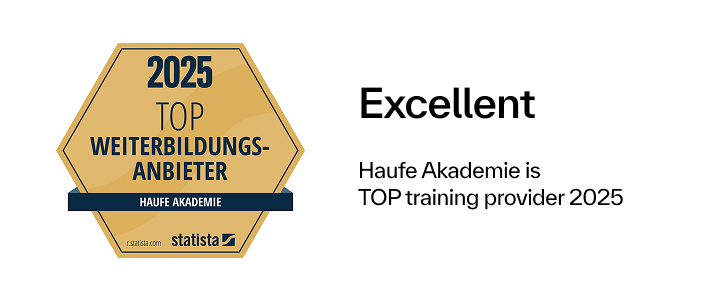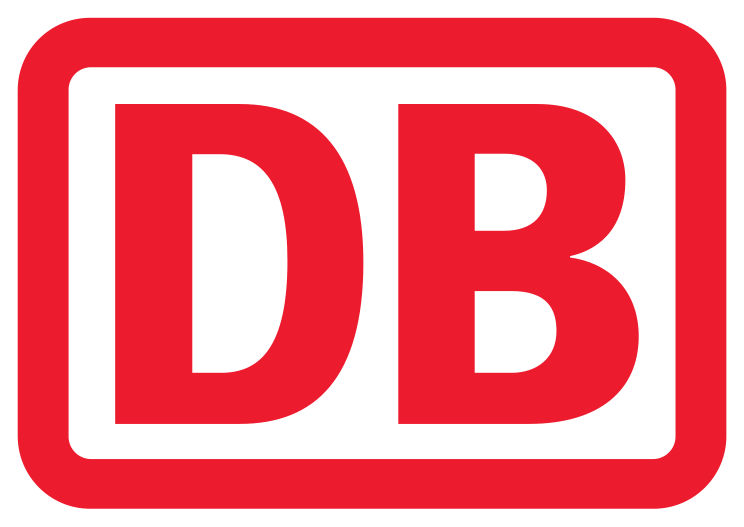Cyber Resilience Act & EU product liability
Future requirements for software, AI and digital technologies in the EU

Contents
Basics
- Introduction to the European regulations and their objectives in order to understand the framework and background.
- Classification of software and products with digital elements into risk classes in accordance with the Cyber Resilience Act (CRA) and the associated obligations.
Software Bill of Materials (SBOM)
- Contents.
- Detailed presentation of the software parts lists (SBOM).
- Solution approaches and standards such as the BSI guidelines for ensuring transparency and increasing security in the software supply chain (Software Supply Chain Security).
Security requirements and cybersecurity measures for software and products with digital elements in the CRA
- Content of cybersecurity strategies during development through to placing on the market and in the supply chain.
- New requirements such as security by design, update obligations across the entire product life cycle of software.
- The need for continuous safety management.
Conformity assessment procedure and CE marking
- Practice-oriented explanation of the requirements for conformity assessment procedures and obtaining the CE label for your products.
Scope of liability of the CRA for products with open source software code, including license management and liability exceptions
- Solutions for the secure handling of open source software elements in products in the supply chain.
- Liability.
Reporting obligations in the event of security incidents
- Overview of the reporting obligations and response options in the event of security incidents in order to prevent legal sanctions.
Implementation deadlines
- Timelines and deadlines for implementing the new regulations and requirements.
Legal consequences of violations
- Highlighting the consequences of non-compliance with the new regulations, including potential sanctions.
Outlook
- No-fault EU product liability for software, digital technologies and AI.
- Preparation for the upcoming changes due to the planned EU Product Liability Directive for defective software.
- Scope of the new regulations.
- Responsible parties and scope of liability.
- Solutions for reducing liability.
- Product liability for high-risk AI systems under the AI Regulation and the CRA.
Learning environment
In your online learning environment, you will find useful information, downloads and extra services for this training course once you have registered.
Your benefit
- Understanding of ESG criteria and their significance for the IT sector.
- Ability to develop sustainable IT products and processes.
- Strategies for reducing energy consumption and optimizing the IT infrastructure.
- Use of data science and AI to improve resource efficiency.
- Practice-oriented creation of an ESG evaluation matrix.
- Knowledge of compliance with legal requirements for sustainability reporting.
Methods
Interactive lecture with presentation, best-practice examples, discussions, exchange of experiences and networking among attendees , exercises and application of what has been learned in small groups.
Recommended for
The training is aimed at IT decisiondecision makers, specialists and managers, software developers, procurement managers, sustainability and CSR managers, employees in the compliance department and organizations that review legal requirements or evaluate sustainability strategies. Previous knowledge is not required as this is a basic seminar.
Previous technical knowledge of the basics of software programming and knowledge of OSS are an advantage.
41195
Start dates and details

Monday, 19.01.2026
09:00 am - 5:00 pm
Monday, 16.03.2026
09:00 am - 5:00 pm
- one joint lunch per full seminar day,
- Catering during breaks and
- extensive working documents.
- one joint lunch per full seminar day,
- Catering during breaks and
- extensive working documents.
 3.9
3.9







